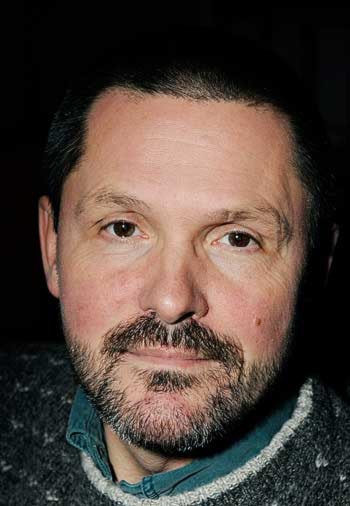Whistle Bend was supposed to keep Porter Creek D from being built, says Karen Baltgailis, executive director of the Yukon Conservation Society.
The Whistle Bend residential subdivision, being built on the east side of Mountainview Drive, was a concession made by local community and conservation groups, said Baltgailis.
But now Whitehorse has dusted off the Porter Creek D expansion, which would see houses built on the western side of Mountainview Drive.
“I think people feel really betrayed by the fact that the city is still pushing Porter Creek D when we’ve made this sacrifice of this big area of trails, horse-riding trails and walking trails in the Whistle Bend area,” said Baltgailis.
The city’s chess game-like subdivision development is all happening in the McIntyre Creek area - a crucial wildlife corridor, she said.
The land slotted for Porter Creek D, also known as Middle McIntyre Creek, is important because, thanks to expanding human development, it has become a bottleneck for wildlife, she said.
It is one of the last remaining east-west stretches of boreal forest within the city, said Baltgailis.
“Living in Whitehorse has - until now- been a really great quality of life because there is the possibility of seeing wildlife, even when you live within city limits,” she said. “There’s the knowledge that there’s intact landscapes and clean water all around you. And that’s really unique in the world.
“All they’re going to be is extra fancy houses for people that want to live right beside a creek,” she said. “And that’s going to be at the expense of the wildlife that makes the creek attractive.”
The area is already threatened by ATV trails, hydro lines, roads and sewer pipes, she notes.
That existing development is one of the key reasons the city is eying Porter Creek D for more houses.
The site is only about three kilometres from Two Mile Hill, the city’s geographical centre, said Mike Gau, manager of city planning and development.
“The area’s largely impacted already,” said Gau. “Our philosophy is that the bigger environmental gain is by protecting the larger, undisturbed areas and keeping the disturbed areas contained.”
That same philosophy brought Kirk Cameron, a former Liberal candidate for downtown Whitehorse, before council on Monday night.
There are plenty of lots downtown that could be used to provide housing, he said.
“There are a lot of under-utilized lots in the downtown core and, frankly, I don’t know why they’re as under-utilized as they are,” said Cameron, citing the old Canadian Tire building, several boarded up shacks on Alexander Street and a gutted building behind Whitehorse Elementary.
Cameron points out four types of land that he hopes to see reformed in the downtown.
First: vacant land, or land that has absolutely nothing on it, most of it near the clay cliffs.
Second is under-utilized land - lots that are either small “junkyards” or only have boarded up buildings on them.
Abandoned buildings are third on his list and make up the biggest category.
Finally, he includes legacy-use land. An example of this would be the downtown Ford dealership across from Whitehorse Elementary.
“Is that the kind of activity we want in the downtown core?” he asked.
It takes up a lot of space and would be better suited in more a peripheral area, he said.
Citing his home, the Bling condo development on Fifth and Sixth avenues, 12 people can live in a multi-storey development on a single lot.
If the city cleaned up all the abandoned lots and empty space from Fourth Avenue to the clay cliffs and built more developments like Bling, nearly 10,000 people could live downtown, improving life for all, said Cameron.
The current housing shortage is not the only problem he is referring too.
There would be less people commuting, cutting greenhouse gas emissions and lessening the need for more transit.
This “densification” could respect the character of downtown Whitehorse, he said.
Cities have done similar things around the world, he said.
Apart from the owners of the old Canadian Tire building, the city has not tried to contact owners of the numerous vacant buildings scattered around the downtown core, said Mayor Bev Buckway.
The city can’t force private owners to develop or sell, she said.
“Some of the comments that we heard tonight from Mr. Cameron do fall in line with what we’re trying to do with our Official Community Plan and our Sustainability Plan, however it comes down to individuals who are sitting on a property and are not willing to develop that property,” she said. “There’s not much the city can do other than encourage them.”
When ideas come from the private sector and residents, it is a lot more encouraging, she said.
Lacking money to offer for investment or loan, the city will keep a lassiez-faire approach.
The hope is that the private sector will see the housing demand and figure the problem out for itself, she said.
“There’s a lot of space out there,” Cameron said of the downtown.
It is a point echoed by Baltgailis.
When talking about the city’s argument of Porter Creek D being infill, she brings up the old Canadian Tire building and multiple decrepit, boarded up houses.
“I often look around and think, there’re really quite a lot of places right downtown where you could build, that aren’t greenspace, that are already lots, that have already been cleared.”
Contact Roxanne Stasyszyn at
roxannes@yukon-news.com
